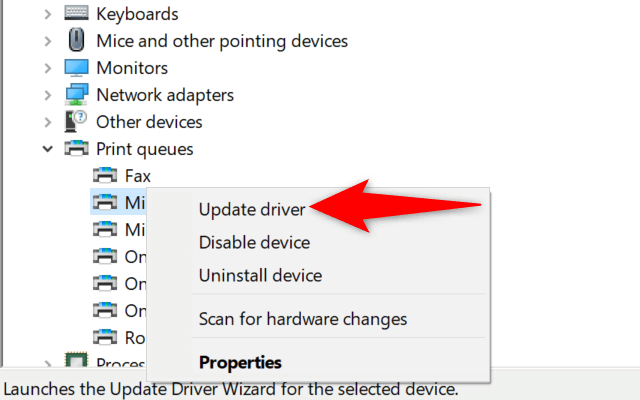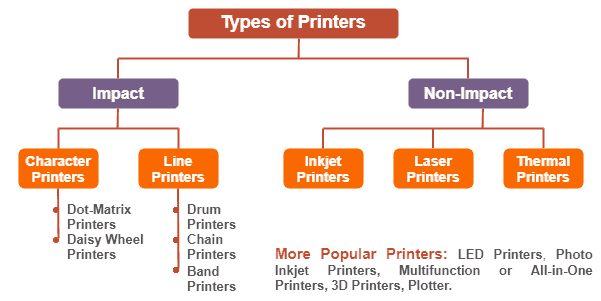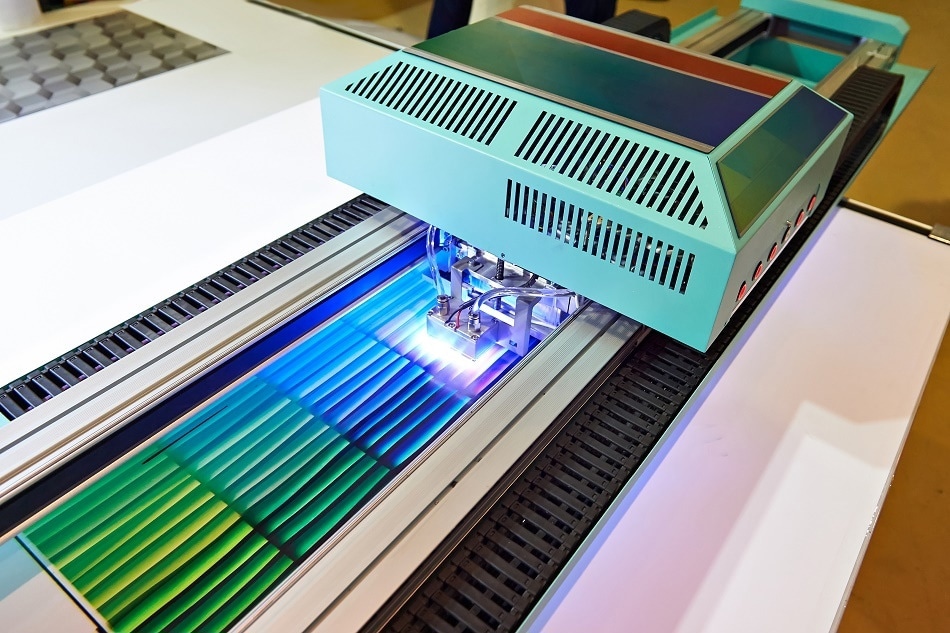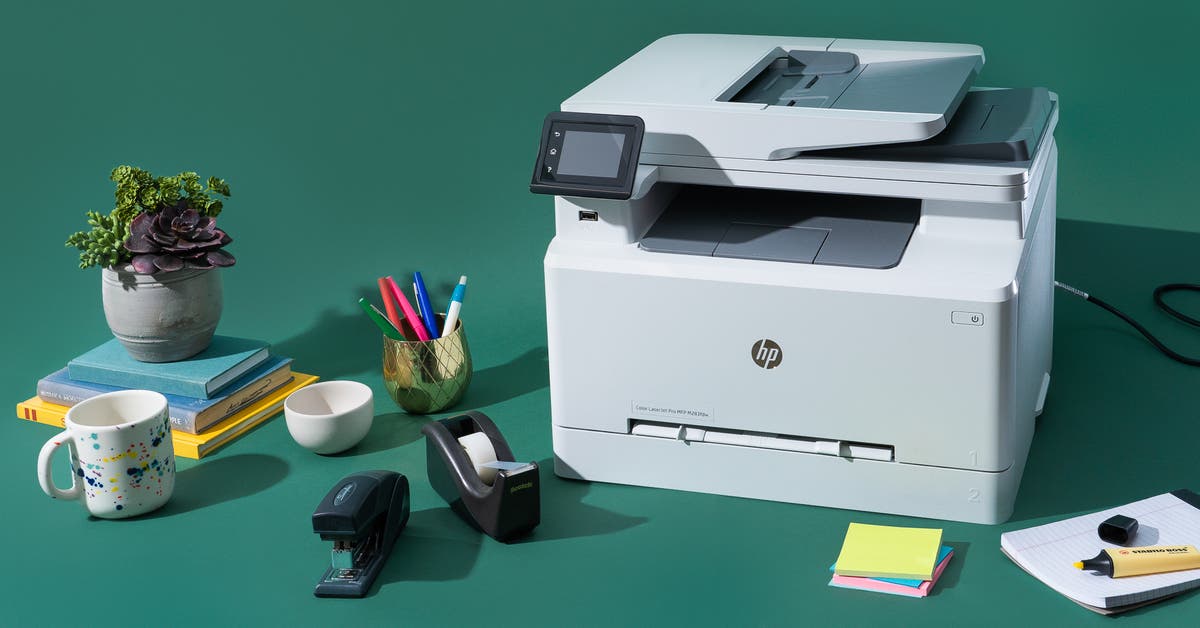Baby Clothes Guide: Understanding the Concept of 2t Size
Introduction
As joyful as it is to prep for a baby’s arrival or to celebrate their growing stages, navigating baby clothes sizes can sometimes feel like learning a whole new language. You will stumble across a myriad of measurements from newborn, 2T, 3T, and more. It's crucial to understand what these sizes imply to ensure a comfortable fit for your little one. Our guide is here to unravel the mystery of what 2T in baby clothes means and share expert tips when shopping for this size.
What Are Baby Clothes Sizes?
In the realm of baby clothes, sizes can often baffle first-time parents or those unfamiliar with this unique system. These sizes, initially, are established based on the baby's age, usually marked in months. As your child grows and enters the threshold of toddlerhood, you start seeing 'T' sizes.
Here's what you need to know:
- Sizes vary in range: Ranging from 'Newborn,' '3-6 Months,' '6-9 Months,' to '12 Months,' and further toward 'T' based sizes, baby clothes cover an extensive spectrum.
- Age is a primary factor: The baby’s age, however, is essentially the cornerstone of this size system. But remember, every child has a unique growth pace. Hence, age-led sizes are more of a general guideline rather than an absolute rule.
- Brand differences: Each brand may not align perfectly with the standard size-by-age system. Slight variations in size charts provided by different brands are common, further emphasizing the need to check each brand’s specific size chart.
In essence, understanding baby clothing sizes is instrumental in providing your child with comfortable attire fitting their growth and movements.
What is 2T in Baby Clothes?
When you first encounter '2T' while scanning sizes of baby clothes, you may wonder what it means. Let's decipher the 2T size in baby clothing to make your shopping experiences more streamlined and informed.
● Age Measurement: The '2T' refers to clothing designed for toddlers who fall within the 2-3-year-old age bracket. The 'T' implies 'Toddler,' the age stage when your child has started to enjoy their first steps and explores the world around them.
● Physique Consideration: The 2T size takes into account the more robust build of toddlers compared to younger babies. Since toddlers typically indulge in a diet rich in solids and start developing a more defined body shape, their clothing needs to accommodate these changes. As a result, 2T clothing sizes factor in these considerations for a comfortable fit.
● Diaper Room: Another factor in the 2T size design is the room for diapers. Although many toddlers start potty-training around this age, the need for diapers is not entirely eliminated. Therefore, clothes in this size have more space in the diaper area.
● Shrinkage Allowance: A noteworthy aspect to remember about the 2T size is shrinkage allowance. It's common knowledge that cotton clothes tend to shrink after washing. Since most toddler clothes are made of cotton to suit their sensitive skin, they're designed a bit larger, keeping in mind potential shrinkage.
● Brand Variation: Finally, it's wise to remember that clothing sizes can differ among brands. Some brands take additional factors like weight and height into consideration, which can impact the fitting. Therefore, it's always advisable to peruse the specific brand's size chart before investing in a 2T outfit.
In essence, understanding the concept of 2T sizes in baby clothing can help you make well-informed choices for your toddler's comfort and comfort. Considering your little explorer's activities and varying developmental milestones, the right clothing will provide a perfect blend of comfort and mobility. Happy shopping!
How do 2T and 24 Months Compare in Baby Clothes Sizes?
While shopping for your little one, you may have noticed that seemingly similar age-labelled clothing such as 2T and 24 months have distinct features. Each sizing category satisfies a specific need based on the physiology and movement abilities of your baby at varied stages. But how exactly do 2T and 24 Months sizes differ? Let's break it down for better understanding:
1. Child's Age and Development:
- *24 Months*: Typically fits infants aged between 18 and 24 months. It is designed considering infants who are not yet fully active and mobile.
- *2T*: Designed for toddlers aged between 2 and 3 years. Being a 'Toddler' size range, these clothes are meant for those children who have now learned to walk and are generally quite active.
2. Fit and Design:
- *24 Months*: This size usually features a snug fit ideal for infants, leaving some room for diapers. You are more likely to find outfits with snap closures for ease of use.
- *2T*: This size offers a more relaxed fit conducive to a toddler's active lifestyle. The designs are more 'toddler-style,' with fewer snap closures and more buttons and belts.
3. Appearance:
- *24 Months*: Clothes with this size marking often tend to have a more 'babyish' appearance, featuring more cutesy designs and patterns.
- *2T*: The trend leans towards adult-inspired styles, with more mature prints and patterns.
Remember, both 2T and 24 Months sizes are created considering the growth and development of children at these stages. While a child around 24 months could fit into either of these sizes, the choice between the two would depend on the specific needs related to the child's level of activity and body shape. As always, do cross-check with each brand's specific size chart for a successful shopping experience.
What Are the Benefits and Potential Challenges of Opting for 2T Size?
When weighing the merits of optinging for 2T size clothing for your toddler, it's important to consider both the potential benefits and potential challenges before making a decision.
Pros of 2T Size:
- Perfect Fit: Designed specifically for 2-3-year-old toddlers, 2T sized clothes generally offer a good fit, accommodating their increasing activity levels and differing body shape compared to younger infants.
- Ease of Movement: The cut and fit of 2T size clothing provide toddlers better freedom of movement, which is essential at this growing stage.
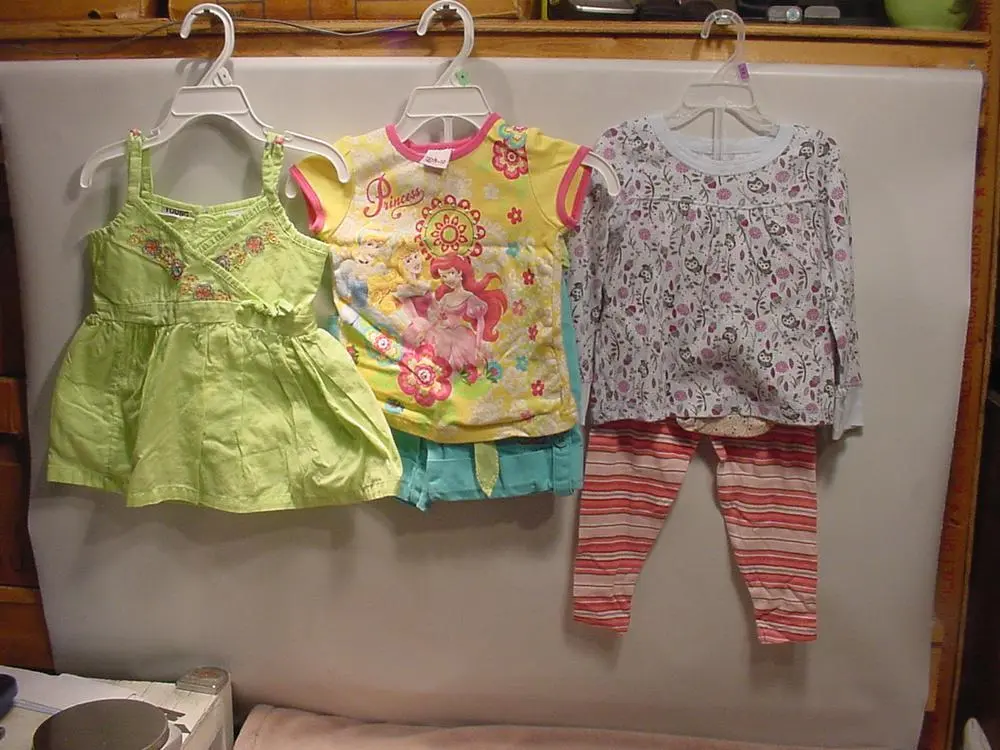
Potential Challenges with 2T Size:
- Brand Discrepancies: One of the major hurdles in opting for 2T size is the sizing discrepancies among different brands. One brand’s 2T might fit perfectly, while another’s could run too large or too small.
- Size Chart Checking: Due to these differences, it's necessary to review the specific brand's size chart before purchasing, which can add another step to your shopping process.
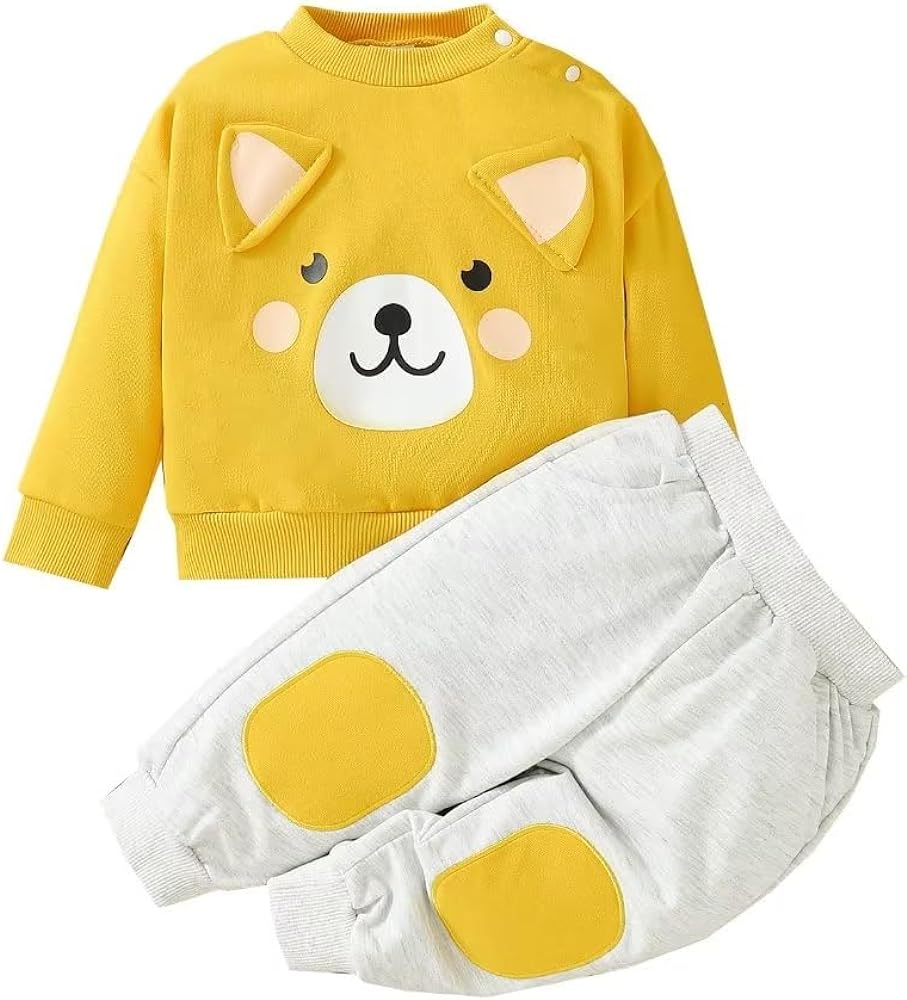
By acknowledging these aspects of 2T sizing, parents can make an informed choice that ensures their toddler's comfort and style.
Expert Tips When Shopping for 2T Baby Clothes
On your journey to furnishing your toddler's closet with comfortable and stylish 2T outfits, these guidelines can ensure the best shopping experience and the finest choices:
1. Reflect on Your Toddler's Physical Dimensions - Labels revealing '2T' aren’t a one-size-fits-all solution. Go beyond the tag and consider the aspects such as your child’s individual height, weight, and body shape. Depending upon these factors, you might find a more suitable fit in bigger or smaller sizes.
2. Utilize Brand-Specific Sizing Charts - Brands may interpret sizes differently, making their sizing charts an invaluable tool for shopping. Almost every brand provides a detailed sizing chart with measurements for height, weight, and size. This is your surest guide to bypass the hassle of returning ill-fitting clothes.
3. Choose Clothes Facilitating Easy Dressing - Toddlers are learning to dress themselves and clothes that are easy to wear and remove can make this process smoother and faster. Look for:
- Loose sleeves and wide necklines
- Snaps rather than buttons
- Articles of clothing that can be unzipped or unbuttoned fully
4. Consider the Fabric Type - Breathable, absorbent, and gentle-on-skin materials like cotton ensure all-day comfort for your active toddler. Synthetic fabrics may cause discomfort or irritation.
5. Opt for Colorful and Practical Designs - Vibrant patterns and colors not only appeal to children but also efficiently camouflage inevitable stains. This practical advantage can make clothes last longer, looking fresher.
In conclusion, purchasing 2T sized clothes can seem like a daunting task, given how drastically children grow during these years. But with some dedicated understanding of your child's unique size and preferences, this journey can become sheer joy - not just for the wearer but also for the person shopping. Embrace this exciting phase of your toddler's development with knowledge, and step forward, confident in your ability to choose the perfect wardrobe for your little one.
Conclusion
Understanding 2T size in baby clothes can make your shopping trips more productive, ensuring that your little one gets clothes that are superbly comfortable. While some challenges exist due to brands having different size interpretations, checking size charts and focusing on your child's physical dimensions can greatly help. Here’s to happy shopping and a well-dressed toddler!
Related FAQs about what is 2t in baby clothes
How Does 2T Size Differ from Other Sizes in Baby Clothing?
2T size is designed for toddlers aged between 2 and 3 years. This size takes into account the child's mobility, necessity for diaper room, potential clothing shrinkage, and the brand's sizing standards. Compared to smaller baby clothing sizes which are more suitable for infants, 2T is designed for active toddlers with a more defined body shape.
When Should I Start Buying 2T Sized Baby Clothes?
You should start buying 2T-sized baby clothes when your child is around 24 months old or when they start outgrowing the clothes of the previous size. It is important to note that every child grows at a different pace, and the age specified by the clothing size is a general guide, not a rule.
What Factors Should I Consider when Buying 2T Baby Clothes?
When buying 2T baby clothes, consider your child's individual dimensions, the brand-specific sizing chart, ease of dressing, fabric type, and practical designs. It's always advisable to offer a comfortable fit for your active toddler, considering their specific height, weight, and body shape, along with the clothes' material and design.



